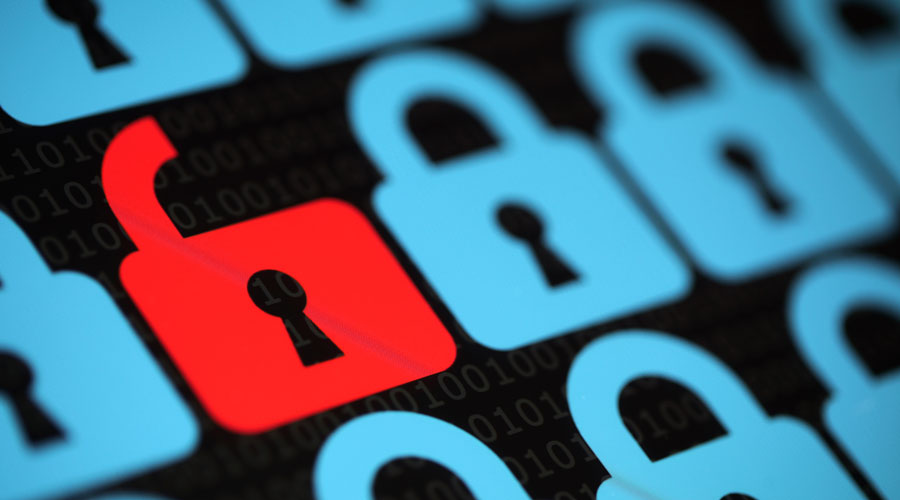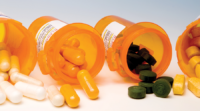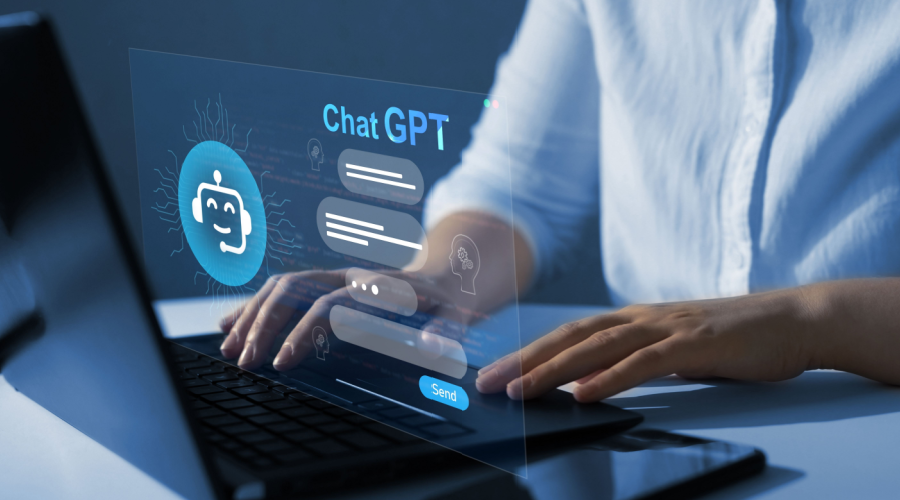From payment information to patients’ prescription records, your pharmacy’s systems are full of sensitive data. Keep your patients’ information safe by taking the necessary steps to protect your data.
Patients expect their data to be secure, and when a breach occurs, it not only erodes patient trust in your pharmacy, but it’s also costly. A data breach is estimated to cost about $80,000 per pharmacy location, and health care and retail locations are prime targets for cyber attacks.
Save your patients the headache of having their information stolen, and save yourself the cost of recovering from a data breach, by working to improve data security at your pharmacy.
Start protecting data at with these six tips.
1. Practice proper password management
Change the default passwords on your pharmacy’s computers and programs. Develop a system at your pharmacy to ensure that passwords are consistently changed.
Failing to regularly change your passwords can leave your system vulnerable. For example, if your pharmacy’s central computer has had the same login information for a decade, your system is open to breaches from former or disgruntled employees who still have the valid login information. Regularly changing the information is a simple way to protect your system from this kind of breach.
2. Encrypt your data
Make sure your data is properly secured by using a professional service to encrypt your pharmacy’s data. If you hire an external company to store data, make sure it has encryption capabilities. Also, stay up-to-date on the latest regulations governing medical recordkeeping. A data breach can only get worse if it’s the result of a failure to comply with a legal regulation.
3. Perform regular maintenance
Software and hardware require updates. If your systems are out of date, they’ll be ineffective at safeguarding your pharmacy’s data. Institute a schedule for regular updates to ensure your systems stay up-to-date with the latest protections and compliance requirements.
4. Limit access
Keep track of who has your pharmacy’s passwords, and vet employees carefully before you give them access. Make your login information available on a strict need-to-know basis.
If you have remote access to your pharmacy’s network, make sure the connection has a two-factor authentication login process to keep it secure, like a system that requires you to provide a username and password, and then requires an answer to a security question to log in.
5. Test your system
Outside companies can test the security of your internal and external system. Regularly testing your system can reveal weaknesses in your security and give you a chance to fix them before a data breach occurs.
Also, walk around your pharmacy as if you were someone looking to steal information. Viewing your pharmacy from this perspective can reveal security flaws. For example, maybe your patient charts are visible to anyone standing across the counter from you, or perhaps customers can see the computer screen when staff members log in. Take note of these flaws and fix them to prevent a more malicious event.
6. Create a security policy
The best way to deal with a data breach is to prevent one. Have policies in place for securing data at your pharmacy. Educate your staff about your policies and let your patients know that you’re taking steps to keep their information safe.
Use these tips to improve data security at your pharmacy and keep your patients’ health and payment information safe from a breach.












